TIG welding is undoubtedly one of the best welding processes, but it requires the right TIG equipment to get the job done correctly.
In this article, you’ll learn the crucial elements of the TIG welding equipment and the differences between each. We will cover the power source, TIG torch, shielding gas, and tungsten electrodes.
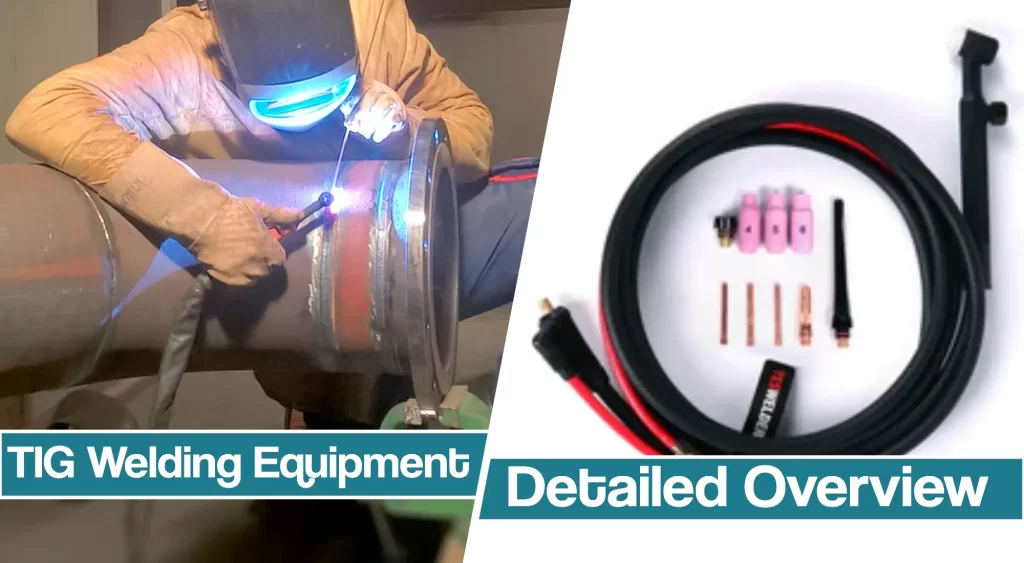
Tungsten Inert Gas Welding Equipment Overview
The TIG welder is a central piece of equipment that provides the power source and the necessary mechanics for arc ignition and its modification.
We also call the TIG welder the power source, but not every TIG suitable power source is a TIG machine, strictly speaking. You can even use a stick welding machine as a power source for TIG, but it won’t provide a sophisticated welding process.
However, the TIG welding equipment is very different from the MIG welding equipment. So, you can’t interchange these power sources.
The tungsten inert gas welding process requires a constant current (CC) power source, which means that the arc voltage and welding current relationship delivers a constant current output based on the setting on the welding machine. The power source can output DC and/or AC. However, the AC is needed for welding aluminum and similar metals.
Basic TIG equipment includes:
- Welding machine with a CC power source. Specialized TIG welders have multiple advantages over basic CC power sources because they offer crucial features other than just a suitable power source
- TIG torch with assembled components like collet, back cap, and others
- TIG foot control pedal to modify the amperage while welding
- Tungsten electrode. It’s necessary to match the tungsten electrode type with the material for good results
- Filler metal rod
- Shielding gas (pure argon, helium, or a mixture of both)
- Personal safety equipment including welding helmet and quality TIG welding gloves
Additional equipment is sometimes used like water-cooled TIG torches, PAPR for safety reasons if welding metals that emit dangerous fumes or welding with inadequate ventilation, a TIG finger to prevent heat building upon your hand, and others.
TIG Welding Machines
A TIG machine is a power source that provides either basic or advanced TIG welding functionalities. A basic TIG welder has a CC power source, as previously noted, most often outputs DC current, and it has support for the TIG torch connection.
A more advanced specialized TIG machine outputs AC and DC, has a High-Frequency arc start, and advanced features like pulse modification, and AC balance adjustments.
The DC Current for TIG Welding
The DC is used when TIG welding mild steel and stainless steel. The TIG welding process typically uses the direct current electrode negative polarity (DCEN) when DC welding because it concentrates the arc as much as possible on the welded metal.
The DCEP is rarely used because it concentrates the heat on the tungsten electrode, causing it to melt and ball up the tip.
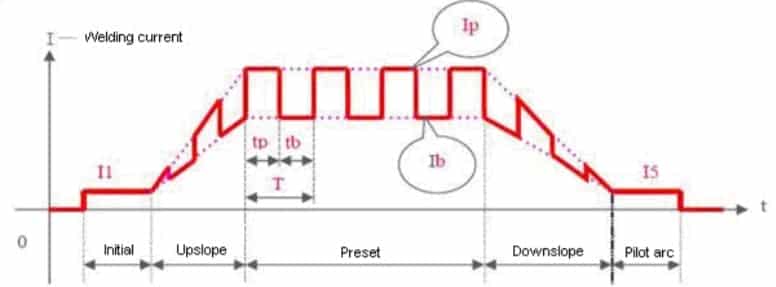
The surface tension of the liquid tungsten keeps the balled-up end in place, but the likelihood of tungsten inclusion in the weld increases with the DCEP, which contaminates the weld and can cause cracking.
The AC Current Setting for Aluminum Welding
The AC, or alternating current, switches between DCEP and DCEN many times in a second. Each time the switch happens, the arc is extinguished and reignited, but we don’t see it with a naked eye. This requires more sophisticated equipment, which is thankfully available today at affordable prices.
Thanks to the DCEP part of the AC, the tungsten electrode receives additional heat, and the tungsten tip must be rounded to endure it.
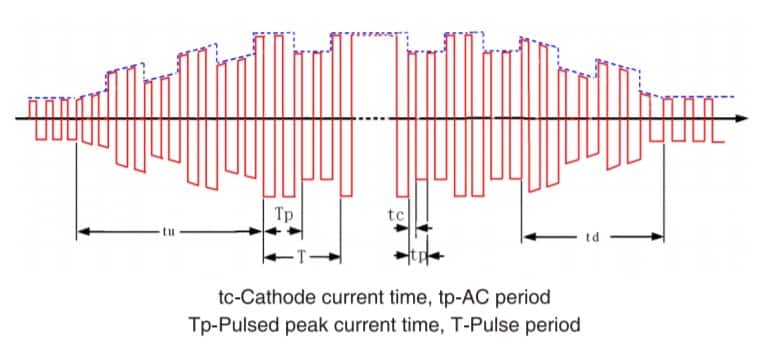
The AC balance function allows you to modify the ratio of DCEP and DCEN and further control the heat build-up and the heat input into the metal.
To weld aluminum and similar metals, the alternating current is non-negotiable. You have to have an AC TIG welder because the DCEN and DCEP have a very different effects on different layers of aluminum, namely the oxide layer and the base metal underneath it. The DCEP cleans this surface oxide very efficiently, while the DCEN melts the underlying metal and does the welding part.
Now, if you are wondering why the DCEP cleans the surface of this material, the real answer is that there is no clear evidence but multiple theories. One of them is that as the aluminum surface electrons jump to the positive tungsten, the oxide layer undergoes an erosion period as the DCEP is active.
Regardless of why it happens, it does happen, and it’s literally the only reason why we can successfully weld aluminum with the TIG equipment in the industry, welding shops, or in your home garage.
High-Frequency Arc Start With DC and AC
The HF arc start is possible with DC and AC output. It’s just that the majority of inexpensive DC-only TIG welders utilize scratch start or lift arc start, and both are inferior to the HF arc.
This leads inexperienced welders to believe that HF is only possible with AC TIG welders, which is not the case.
The HF arc doesn’t contaminate the weld pool with the tungsten inclusions, while scratch and lift arc do. The lift arc start won’t contaminate the weld pool if done properly, while the scratch start is a very poor method of starting the arc.
The HF is created inside the machine using complex mechanics via spark gap oscillator or by high speed solid state switches. Not to go overboard with this explanation, the main thing you should know is that the TIG machine needs to have this function built-in.
Using an HF start, you don’t have to make contact with the tungsten electrode and the metal. Instead, the HF will cause the arc to jump from the metal to the tungsten tip. You can recognize the HF as a slight blue glow that appears around the tungsten moments before the arc jumps.
The HF is necessary to weld aluminum and for any high-quality stainless steel welds. Using lift arc may trap small tungsten bits in the weld, which creates hard spots and cause cracking to occur.
TIG Welder AC Balance Settings
More advanced TIG welders allow you to modify the AC balance or the ratio between DCEN and DCEP. Older TIG welders had a locked 50/50 balance ratio, but the cleaning portion of 50% is too strong for today’s aluminum standards. New aluminum today requires a smaller DCEP portion because the oxide layers are not as thick, plus there are many new cleaning solutions available.
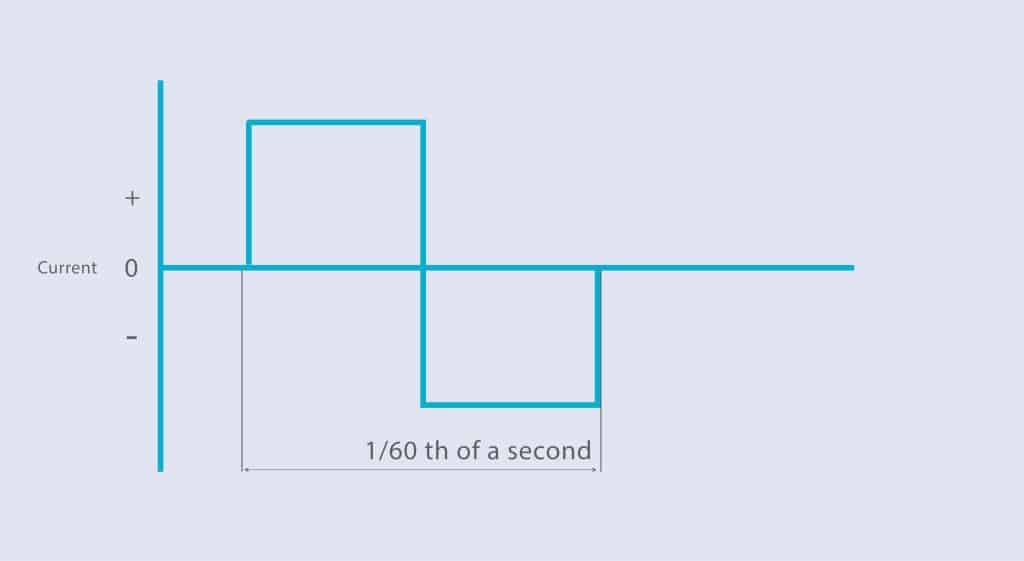
The ability to manually adjust your AC balance is a game-changer because you can tailor everything to your skills and the metal you are working with. A good rule of thumb is that you need to increase the DCEP portion of the balance if you see oxides floating in the workpiece weld pool.
TIG Torch -Electrical leads, Torch head and Collet body
There are many different TIG torch sizes and types of consumables, but to keep this simple, we’ll analyze a standard 17-style torch.
Most TIG torches are composed of a ceramic cup, collet body, collet, tungsten, and back cap. But if they use a more advanced “gas lens” style of consumables, the list is slightly different.
The collet houses the tungsten electrode and has two slits to tighten around the electrode firmly. The collet and tungsten are inserted into the collet body, which threads to the TIG torch head.
This threading action squeezes the two slits of the collet and provides a firm, stable grip over the tungsten.
The ceramic cup is threaded over everything as a final layer, and it is used to direct the shielding gas over the weld pool.
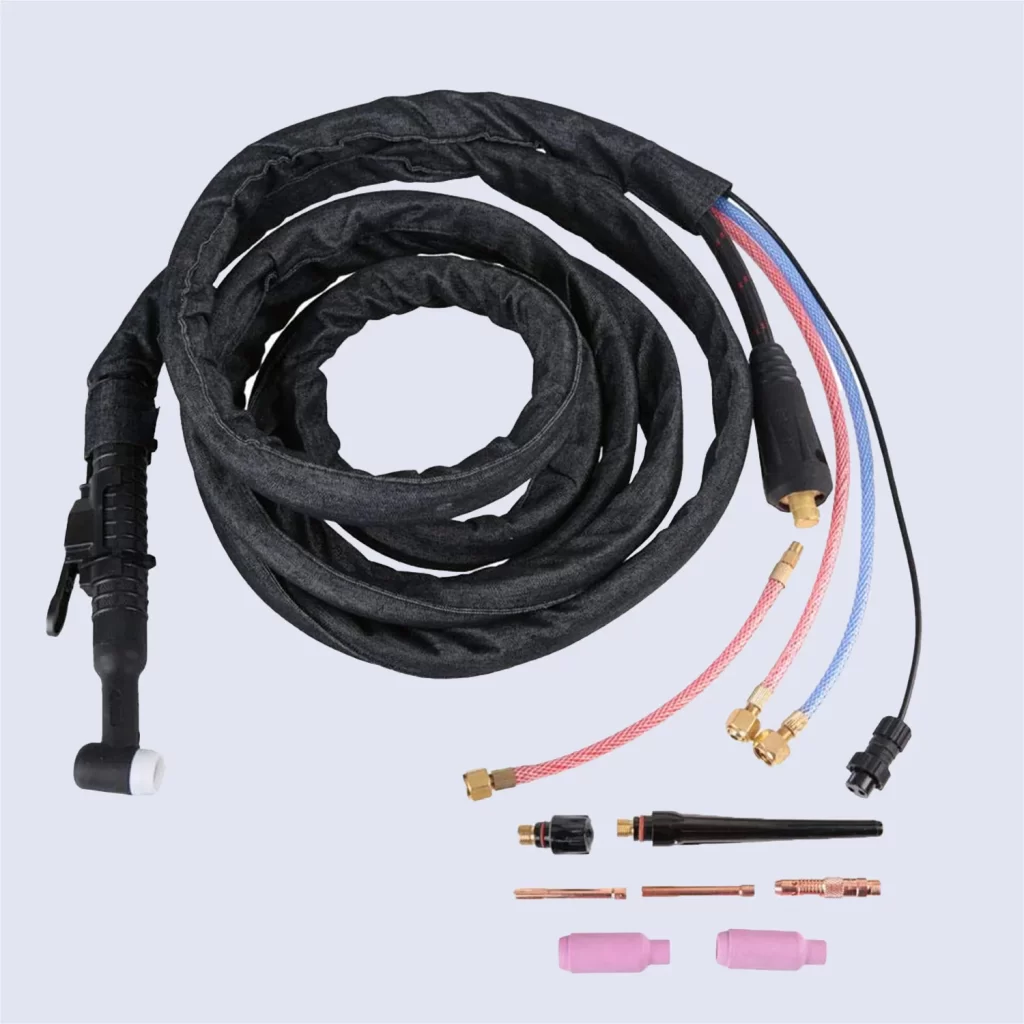
You should select the appropriate size of the cup before welding. Too big of cup size and you’ll waste shielding gas, while the too small will not cover the entire weld pool and the unprotected area will get atmospheric contamination.
TIG torch parts in summary:
- Electrical leads – Connection with a TIG welder/power source
- Torch head – Removable end of the electrical lead that houses the rest of the torch components
- Collet – Grips the tungsten electrode in place
- Collet body – Accepts the collet and threads to the torch head
- Tungsten electrode – Electrically hot element central for the arc ignition and welding
- Shielding gas nozzle – A cup is usually made of ceramics, but some use cases require plastic, metal, or Pyrex glass
- Gas hose – Supplies the shielding gas
- Water coolant hose – Only used with water-cooled TIG torches, not smaller air cooled typically used for light welding. A water cooled torch requires three hoses. One to carry the shielding gas, another to supply a combination of coolant and the electrode lead, and the third to return the coolant to the storage reservoir.
Tungsten TIG Welding Electrodes
A crucial part of TIG equipment is tungsten electrodes. The non-consumable tungsten electrode focuses the TIG welding arc into a tiny spot and is responsible for most of the characteristics of the TIG welding process.
While the tungsten is not consumable, it must be shaped, ground, and broken to achieve the desired TIG weld results. So, these electrodes don’t last indefinitely.
The tungsten electrodes vary by finish and principle oxide composition. Here is a short rundown of tungsten types:
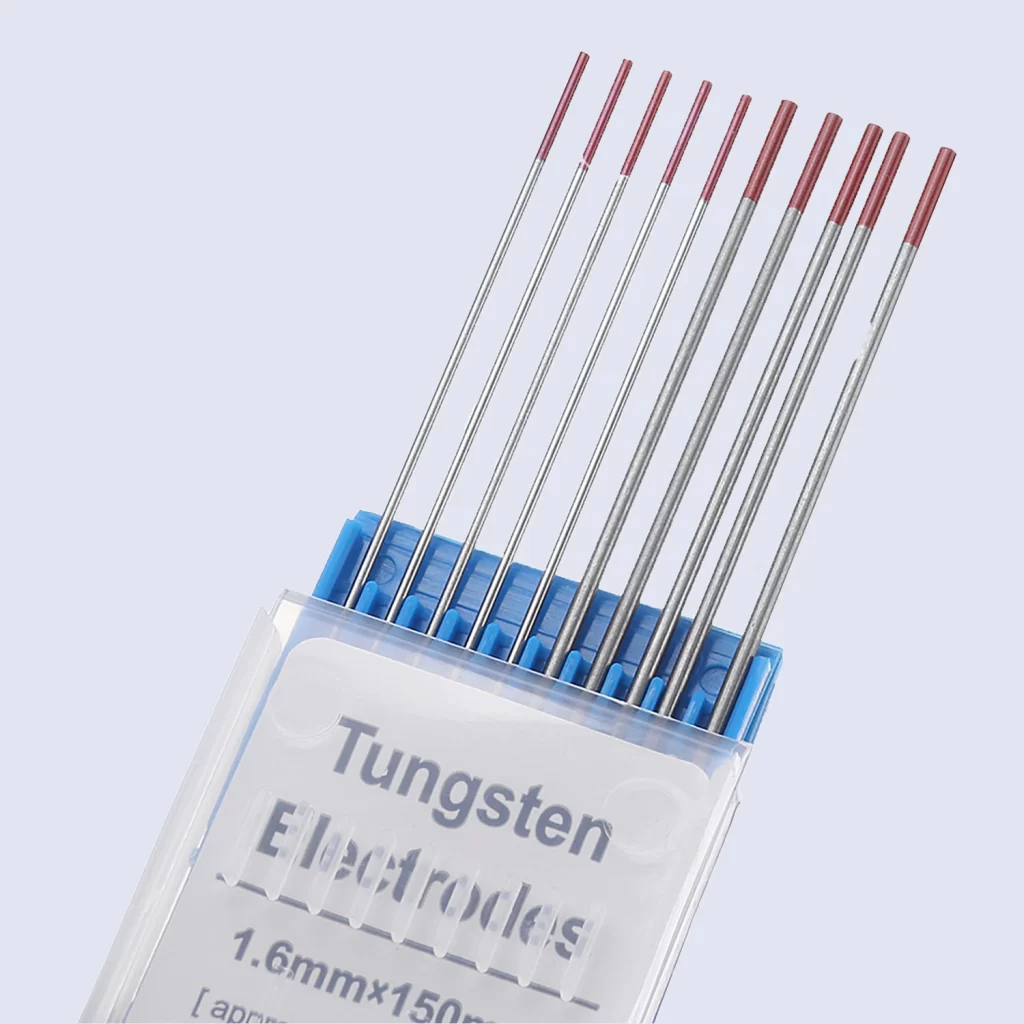
- Pure tungsten (green) – Prefered for AC, welding aluminum, and magnesium. But, their main application is when welding non-critical welds because they may release some tungsten into the weld.
- Pure tungsten with thorium oxide 0.8 – 2.2% (yellow, red) – Better arc stability and electron emission, and improved resistance to tungsten contamination. Radioactive, so special precaution is required.
- Tungsten with cerium oxide 1.8 – 2.2% (grey) – Easy arc start, low erosion rate, and non-radioactive.
- Tungsten with lanthanum oxide 0.8 – 2.2 % (black, gold, blue) – Similar characteristics to cerium electrodes.
- Tungsten with zirconium oxide 0.15 – 0.9% (brown, white) – Not for DC, AC only. Used when highest quality TIG welds are necessary.
TIG Welding Shielding Gases (Ar & He)
The most commonly used shielding gas for TIG welding is argon (Ar), and the second place takes helium (He). Sometimes hydrogen (H) and nitrogen (N) are added used as well or as a mixture.
100% Argon Shielding Gas
Most manual TIG welding applications are made using a 100% Ar shielding gas. In fact, you are unlikely ever to use other mixtures unless you have a good reason to do so.
Additionally, argon is the only commercially available gas that allows the cleaning part of AC to clean the aluminum oxide.
This gas ionizes well, making it exceptional for conducting current and arc starts. It handles arc length changes very well because it works great with long arcs and low voltages.
It’s much denser than air. This lets argon shield welds in deep groves very effectively as well.
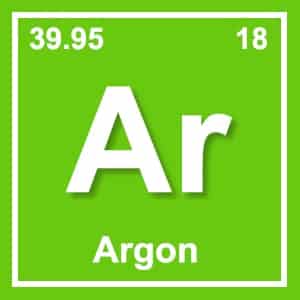
- Heavier than air allows easy horizontal welding coverage, but difficult overhead joint coverage
- Cheap
- Excellent for thin metal because it handles low voltage at any arc length with ease, allowing you to input low amperage into the metal and avoid burn through
- Focused arc cone with a stable, precise arc
- Suitable for DCEP (cleaning) portion of AC
- 10-30 CFH flow rates
Cheap Helium Shielding Gas
Helium is an inert gas like argon. Using helium provides deeper penetration and higher welding speed.
However, the arc is more difficult to control, it’s lighter than air, difficult to ionize, and the cleaning action necessary for aluminum doesn’t occur.
To combat these negative characteristics and still benefit from the deeper penetration, helium is often used as a mixture with argon of 75% He and 25% Ar.
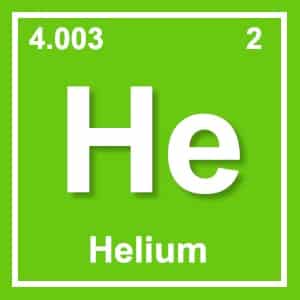
- Increased penetration benefits welding thick materials
- Not the best choice for thinner metals
- More expensive than argon
- Produces difficult to control arc
- Requires 2x higher flow rate than argon to sustain shielding gas coverage because it’s lighter than air
Conclusion
To experience every advantage of TIG welding, you need to use the correct TIG equipment. There are many variables, from the foot pedal and torch to the tungsten type and the required welder settings to consider.
For example, If your machine can’t output AC, your TIG equipment is not suitable for welding aluminum, regardless if the welder can perform an HF start, and if you have a pure tungsten electrode. First, consider the kind of work you will be doing most often, and then plan your equipment accordingly.




